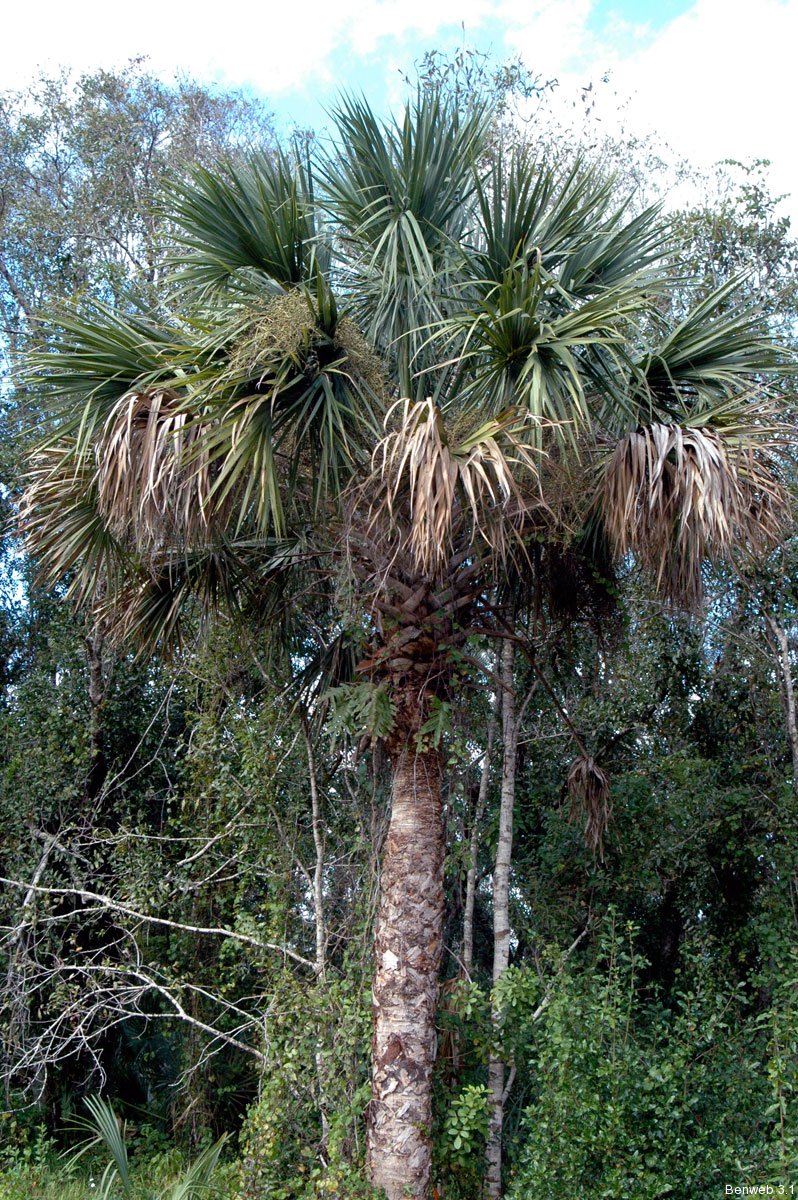Bald
Cypress Tree
·
Swamp
tree· Indicator of a lot of water
· Needles fall off in winter
· Cypress wood is pretty, strong, can be used to make houses, and is insect resistant
· Triangular root system which provides stability
· Was seen on FGCU’s campus and at the Corkscrew Swamp Sanctuary

Cabbage/Sabal Palm Tree
· Palm fronds (look like the palm of your hand)
o Chickee hut roofs are made out of fronds.
· State tree of FL
· Boots contain whole ecosystems. Bird nests can be made and critters can thrive. These boots collect water.
· Was seen on FGCU’s campus and at the Corkscrew Swamp Sanctuary

Wild Coffee
· Very toxic
· Cannot be used to make coffee
· Pretty and native
· Doesn’t require much irrigation, ecologically responsible, doesn’t die fast
· Was seen on FGCU’s campus
· Makes home inside trees
· Tail feather acts as brace
· Long sticky tongue
· 14 inches tall (pileated)
· Was seen at Corkscrew Swamp Sanctuary, but can be seen and heard through Southwest Florida.
Slash
Pine
·
A
part of the Pine Flat Wood ecosystem· Pointed top means tree is still growing; rounded top means tree has matured
· Early pioneers used slash pine to get sap to use for turpentine (saw mills)
· Needs to burn 3-5 years to survive
· Peely/puzzle piece like bark
· When tree burns, it sends pine cones and seeds away from fire in order to recreate pine trees.
· Was seen on FGCU’s campus and at the Corkscrew Swamp Sanctuary.
Sea Grape (my favorite!)
· Native Plant
· Holds barrier islands together with an interconnecting root system
· Large round leaves
· Can be used for Sea Grape jelly (SO YUMMY!)
· Spotted during the Fort Myers Beach field trip
Double-crested Cormorants
· Weigh from 3.3 to 6.6 pounds
· 33 inches long, with a wingspan of about four feet.
· Feathers are not waterproof; spread wings to dry
· Very adaptable
· Nests in trees near water, on cliffs, or on island beaches.
· Was seen on FGCU’s campus trails
Word
Count: 392




